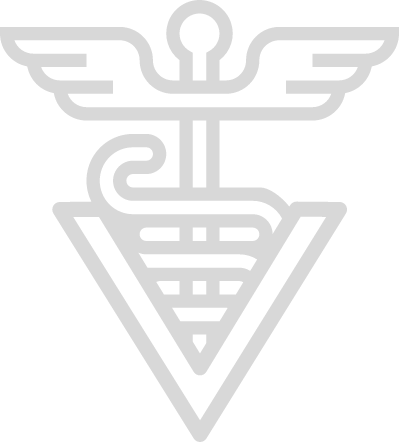
YOU ARE OBSERVING
Foal or Newborn, Swollen Limb or Leg
Summary
-
Code Red
Call Your Vet Immediately, Even Outside Business Hours- If the foal is not as bright as normal or not nursing normally.
- If you notice any lameness or have any other concern.
-
Code Orange
Call Your Vet at Their First Available Office Hours- If this seems mild and the foal seems vigorous otherwise.
- If you do not notice any lameness or stiffness.
your role

What To Do
Keep the mare and foal in a small corral until a vet can examine them. Before the vet arrives, assess the foal's attitude and appetite. Take the foal's rectal temperature, if you can do so easily and with confidence. Take note of the appearance of the umbilicus and consider whether you have noticed any diarrhea.Share your findings and concerns with your vet.
What Not To Do
Do not assume that a swollen joint or leg in a foal is a traumatic injury. Instead recognize the danger and risk of septic joint and promptly discuss the problem with your vet.Do not handle the foal if you are not confident in doing so.

Skills you may need
Procedures that you may need to perform on your horse.
your vet's role

- How old is the foal?
- Do you notice any lameness?
- Does the foal appear healthy otherwise?
- Is the foal active and nursing?
- Did the foal stand and nurse normally after foaling?
- Was the foal examined after birth by a veterinarian?
- Was an IgG antibody test done on the foal after birth?
Diagnostics Your Vet May Perform
Figuring out the cause of the problem. These are tests or procedures used by your vet to determine what’s wrong.
Diagnoses Your Vet May Consider
The cause of the problem. These are conditions or ailments that are the cause of the observations you make.
Treatments Your Vet May Recommend
A way to resolve the condition or diagnosis. Resolving the underlying cause or treating the signs of disease (symptomatic treatment)
further reading & resources
Helpful Terms and Topics
Written, reviewed or shared by experts in equine health
